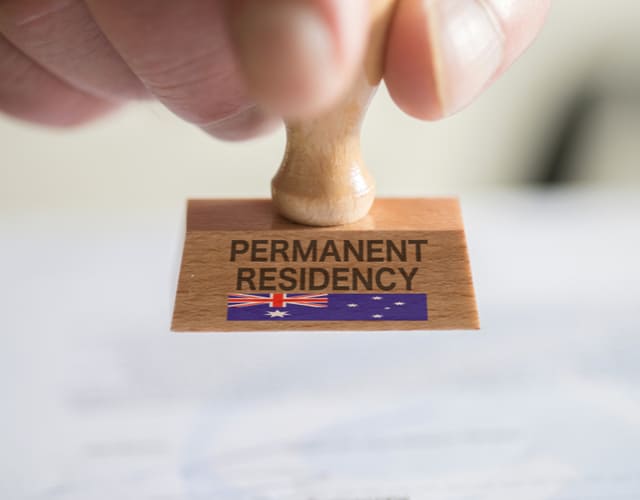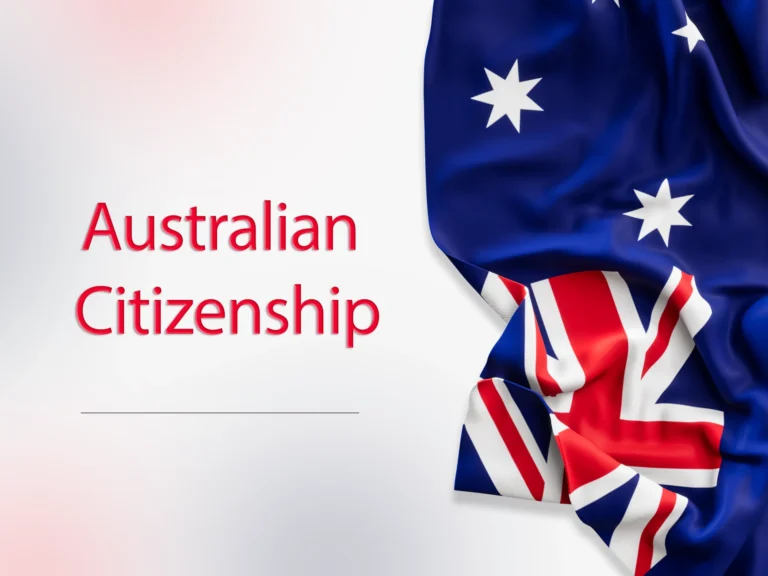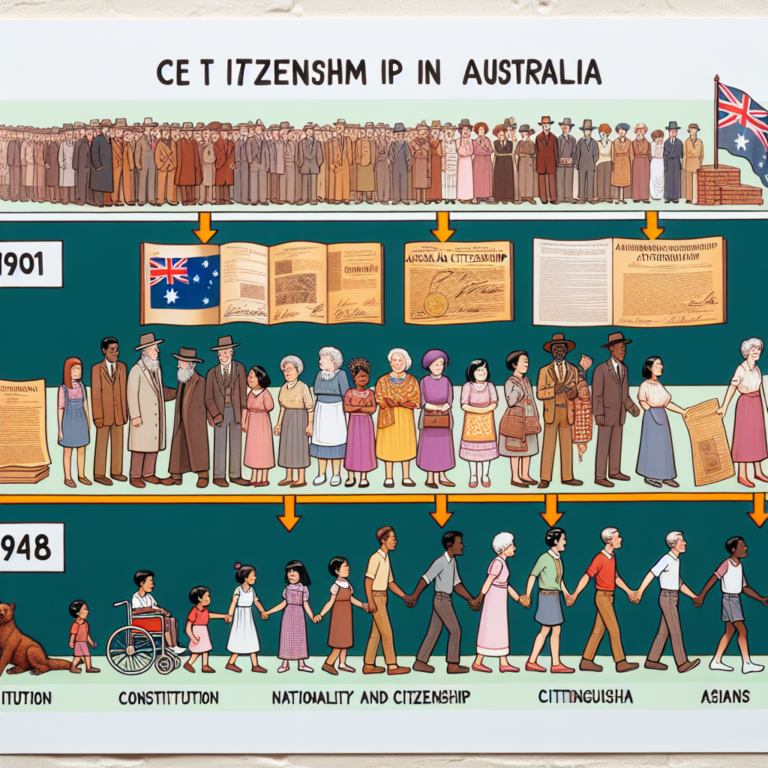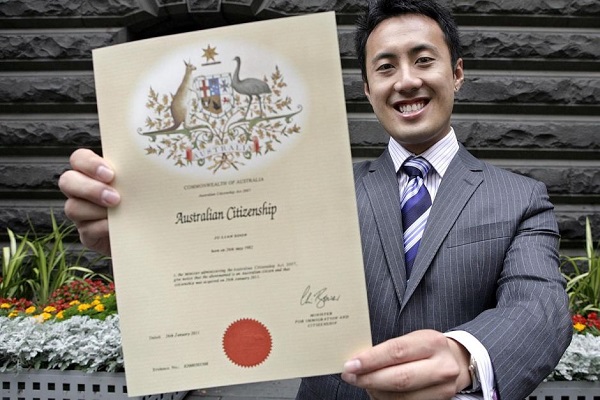How Long Does It Take to Obtain Permanent Residency in Australia
introduction
Wondering how to make Australia your permanent spot? Stick with us, because we’re delving into everything you need to know about getting that permanent residency here – including all the steps you should follow, and how long the entire process might take. In reading this blog post, one may be satisfied with the knowledge that, by the end, you’ll know precisely what it takes, and how much time you will need, to work towards a big goal in your life.
A large number of people similar to you, who are thinking about making their dream move happen, usually have a big, unanswered question. Let’s sort all that out together.
Australia’s Path to Permanent Residency Explained
In Australia, if you want to stay there for the rest of your life, there are several options you can choose. — Clearly –, not all doors are the same, and choosing the right one depends a lot on your situation.
At the heart of these opportunities are the skilled migration visas.
Conceptually, these visas are designed for those with specific skills that Australia wants; the main ones are:
- Skilled Independent Visa (Subclass 189) is focused on getting points for your skills, without needing a sponsor.
- Skilled Nominated Visa (Subclass 190) also uses a points system–but you need an Australian state or territory to support you.
- Skilled Work Regional (Provisional) Visa (Subclass 491) aims for skilled people willing to live in less crowded regions, but it needs you to be chosen once more–but it is not just about work. Family is also very important.
If you have family members who live in Australia, you could try:- Partner Visa (Subclass 820/801), if you’re in a serious relationship with an Australian citizen or someone who’s already settled there.
- Parent Visa (Subclass 103/143), designed for parents of Aussies to come and live in Australia. And then, there’s the employer route; this one’s for those fortunate to get a job offer from an Australian employer willing to sponsor them; this includes:- Employer Nomination Scheme (Subclass 186), where an Australian business says they want you specifically.
- Regional Sponsored Migration Scheme (Subclass 187), which focuses on jobs in Australia’s lesser-populated areas, offering a great chance for skilled workers. One can see there is more than one way to make Australia home.
Depending on what you have to offer…skills, family connections, or a job offer…deciding your best chance involves looking at what each path requires and how well it fits with your situation.
General Timeframes
Skilled Migration Visas: Typically, 6 months to 2 years.
Family Stream Visas: Can range from 1 year to 4 years.
Employer-Sponsored Visas: Around 8 months to 2 years.
Factors Affecting Processing Times
Demand for specific skills
Application completeness
Visa subclass requirements
Country of origin and security checks
provide side headings with General Time frames and Factors Affecting Processing Times
Advantages of Pursuing PR in Australia
In our pursuit to demystify what it’s like to get permanent residency (PR) in Australia, look at some major pluses. Once you have PR, you can join Australia’s public healthcare system, Medicare, which is of significant consequence if you ever need to see a doctor or go to the hospital. Another plus is on the education side – if you have PR, you pay less for school or university than other international students, which is wonderful.
Also, there’s a chance to get social security payments after you’ve been there for a certain time period, giving you money for basic items if you need it. Lastly, having PR puts you on the path to becoming an Aussie citizen, which is the dream for many.
Disadvantages of Pursuing PR in Australia
Nowgetting PR isn’t all sunny skies. We should be honest about a portion of the downsides; the process to get your PR can seem very long because it takes a long time and can be really stressful; then there’s the money part – applying for PR can use up a lot of your money thanks to all the fees and costs that come with it.
In addition there’s a rule that you have to live in Australia for a set amount of time to keep your PR status, which could change other plans you have.
Problems and Concerns
Navigating Complex Immigration Rules
Australia’s immigration rules can be complex, and making a mistake can lead to delays or refusal of your application.
Financial Burden
The cost of applying for visas, alongside the required documentation, can be substantial.
Uncertainty
The waiting period can be filled with uncertainty, particularly if there are changes in immigration laws or personal circumstances.
What you should do
One can see that it’s really important to get to know all the different visas you can apply for. You must make sure you check every single box for the visa you want. And thinking about getting some help from someone who knows what they’re doing, such as an immigration agent, is smart and informed.
What you should not do
Now clearly, sending in your application in a hurry, without looking it over a couple of times, isn’t wise. And you can’t simply skip over proving you’re good with English — speaking and understanding English is key for many visas.
Also, don’t lose track of when items need to be turned in — missing out because of a deadline would be very bad.
Faqs:
1.How long do I must live in Australia to try for PR?
It depends on which visa you got–but usually, you’re looking at staying in Australia for about 4 years before you can go for PR.
2.Is it amazing to go from a temporary visa directly to PR?
Definitively, some visas let you move straight to PR. For example, if you’re on a Temporary Skill Shortage (TSS) visa, you’re in a good position to take that step.
3.Can I make the PR wait time any shorter?
Making things go faster isn’t really easy–but you might help yourself by double-checking that you didn’t make a mistake on your application or miss anything. That way, you’re less likely to have any problems.
4.What’s next if they say no to my PR application?
If you receive a no, you’re not out of luck.
Depending on why they turned you down, you might be able to argue against it or try again.
- Do I must have a health check to get PR?
Oh there is a strong and deeply rooted sure feeling that you’ll need a health check. Everyone applying for PR has to take one.
My Advice
If making Australia your home for a long time is your goal, really delve deep into figuring out all the ways you can make it happen. Make sure all your paperwork is prepared and ticks all the necessary spots, and if there’s material you don’t get, such as about getting help from someone who understands things well.
Conclusion
When you achieve up those points for permanent residency requirements, it’s a major win that didn’t come easy. You must have a significant quotient of patience, must plan like a leader, and stick with it even when it gets tough.Almost inevitably, we see the long road pays off, giving you a start at a new chapter in one of the most impressive spots on the map.







